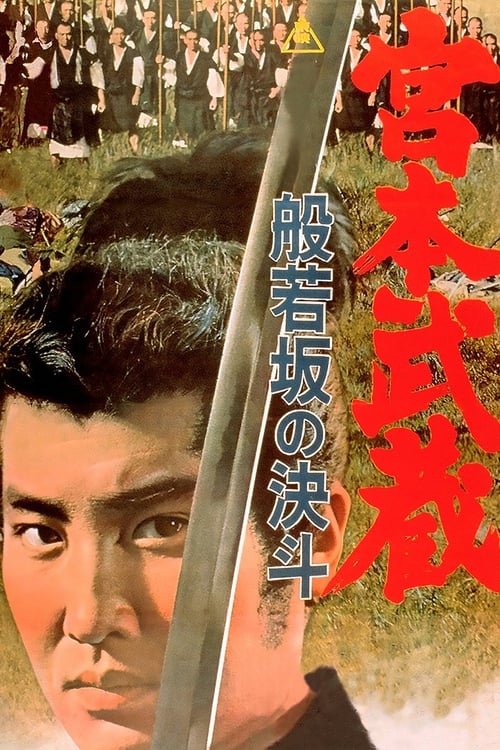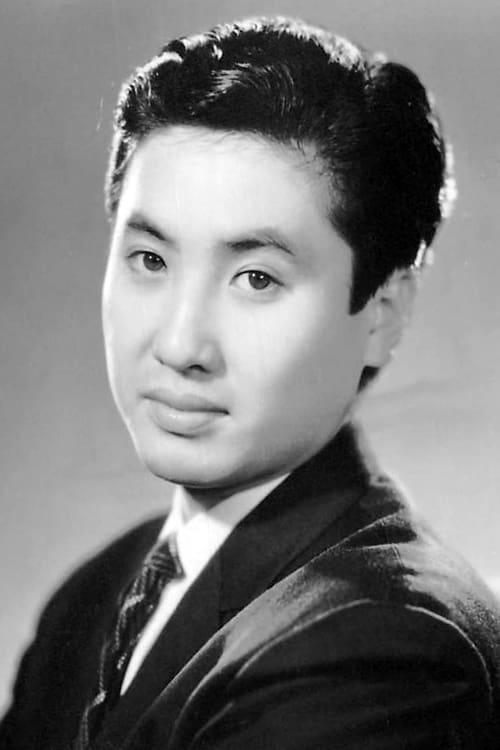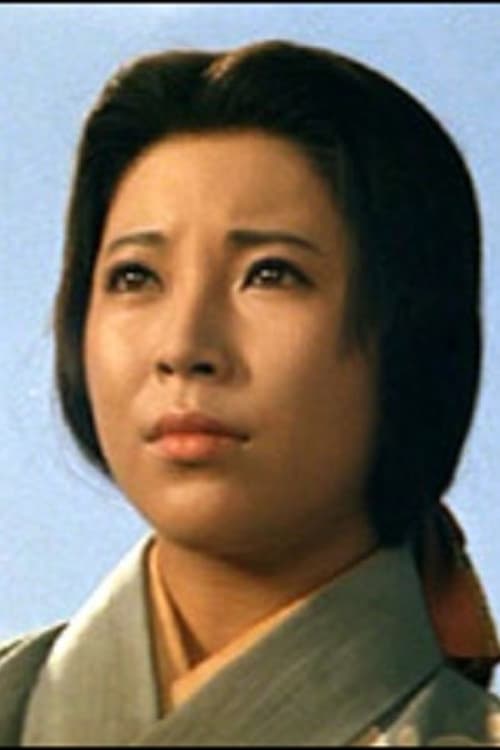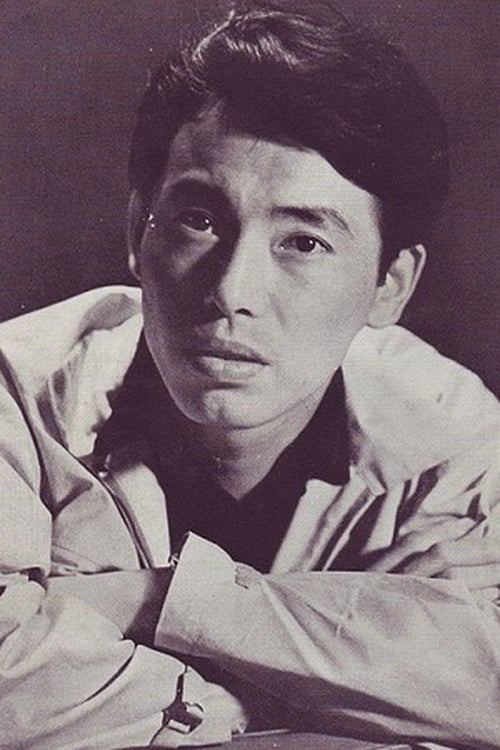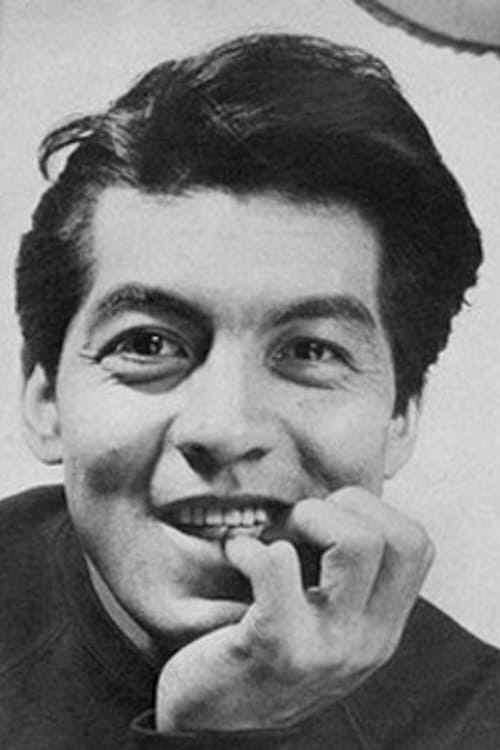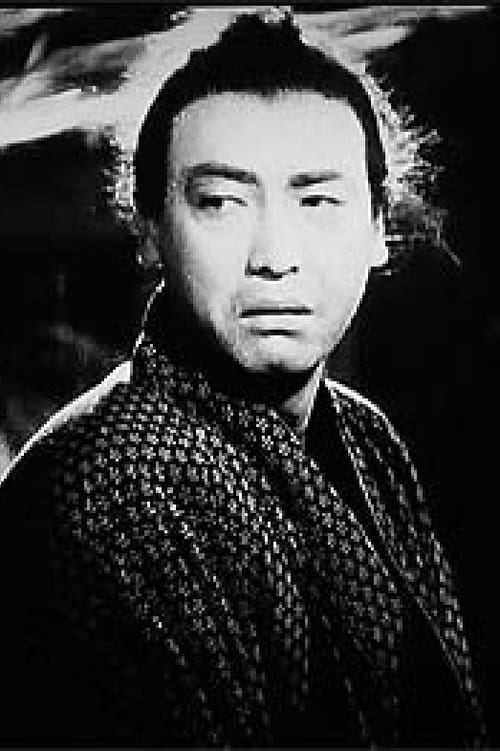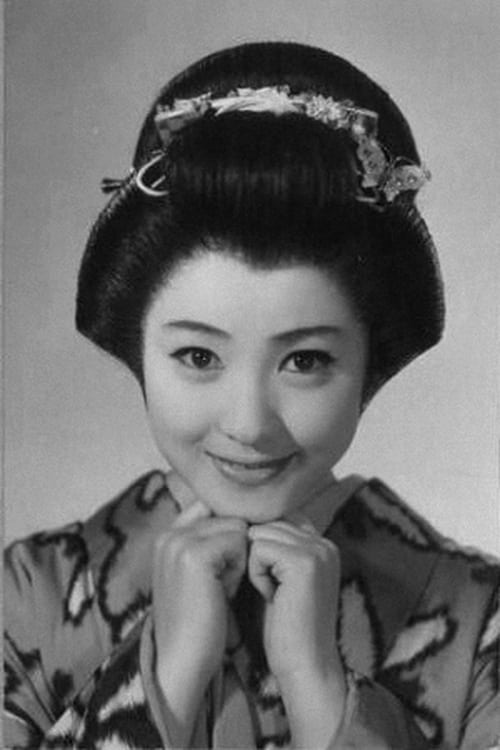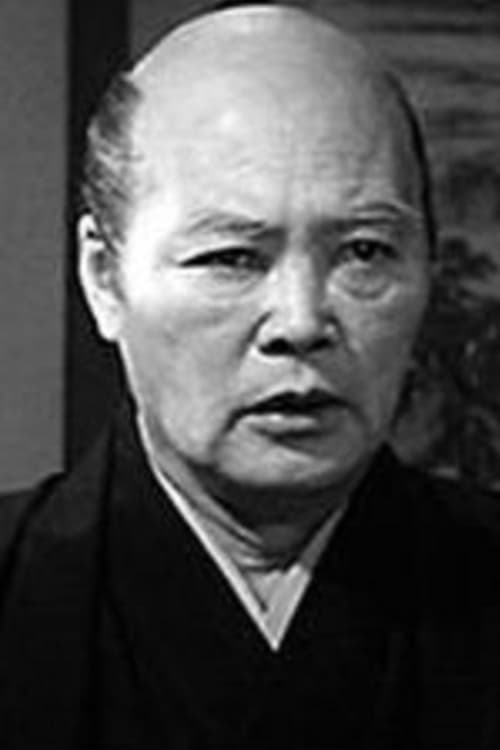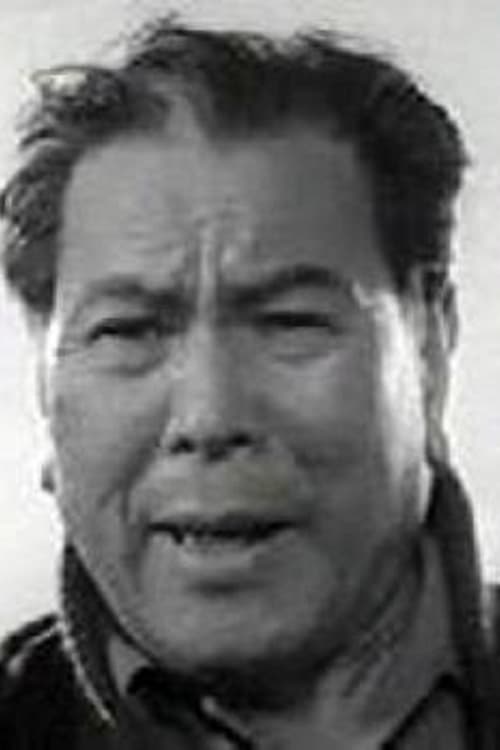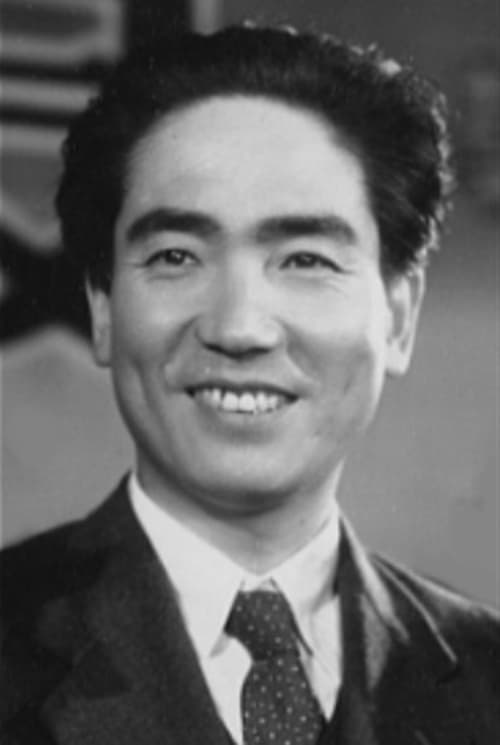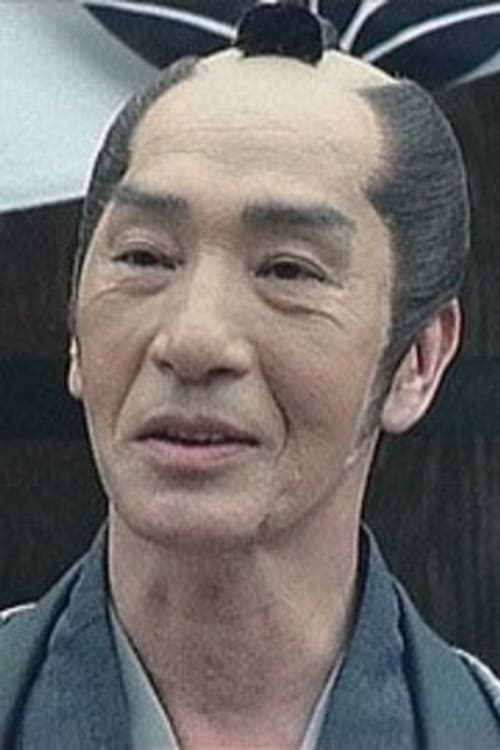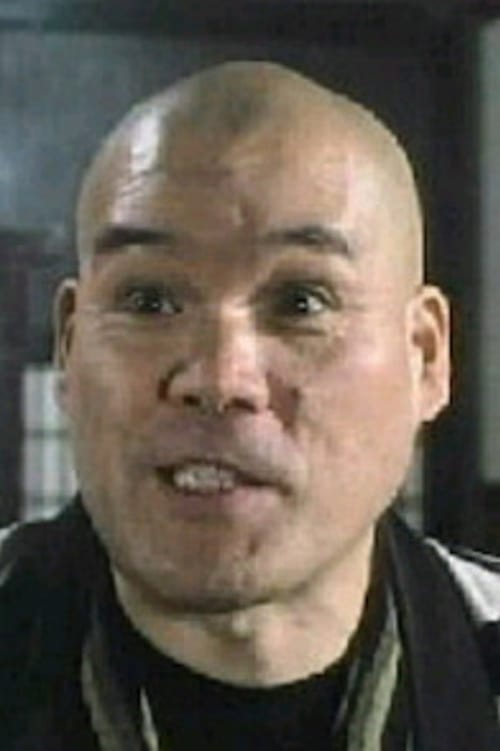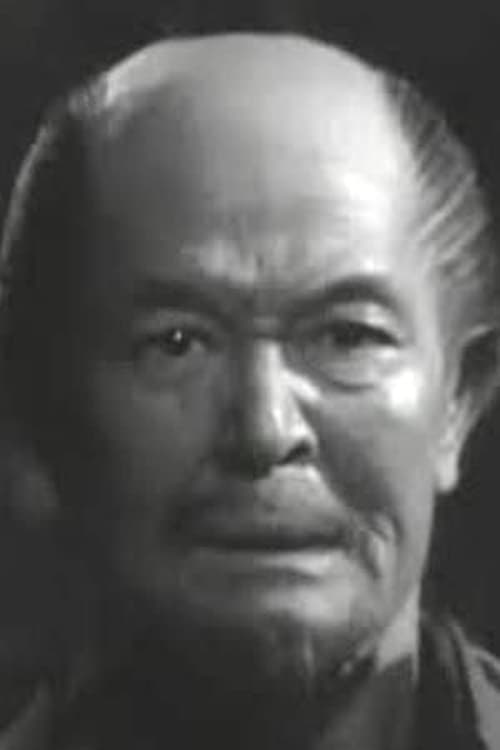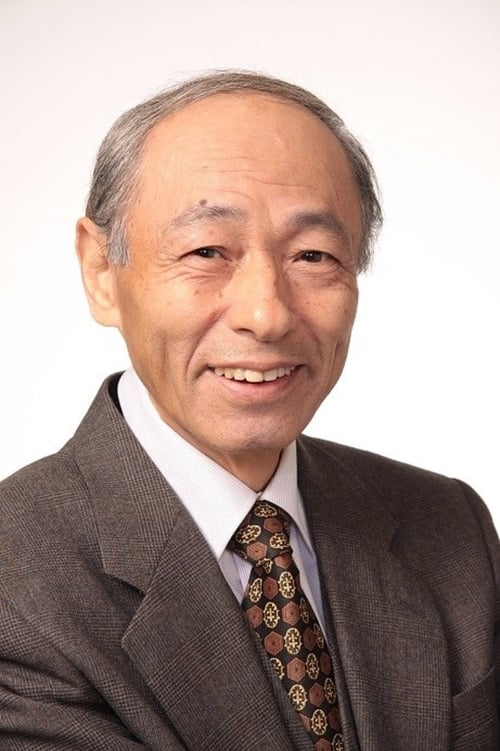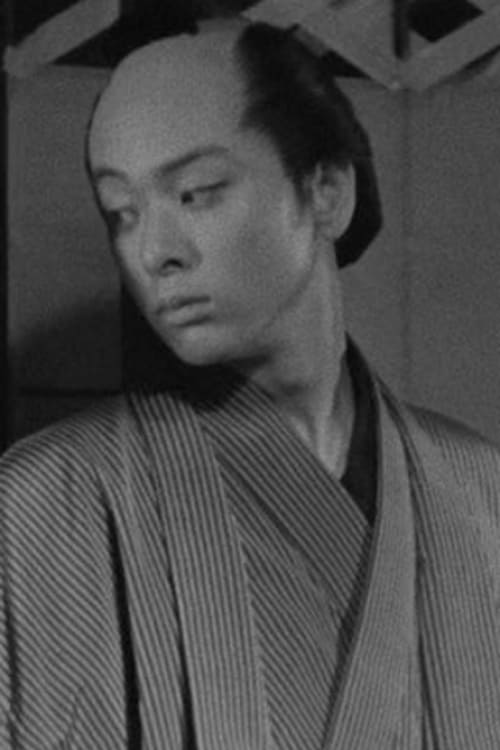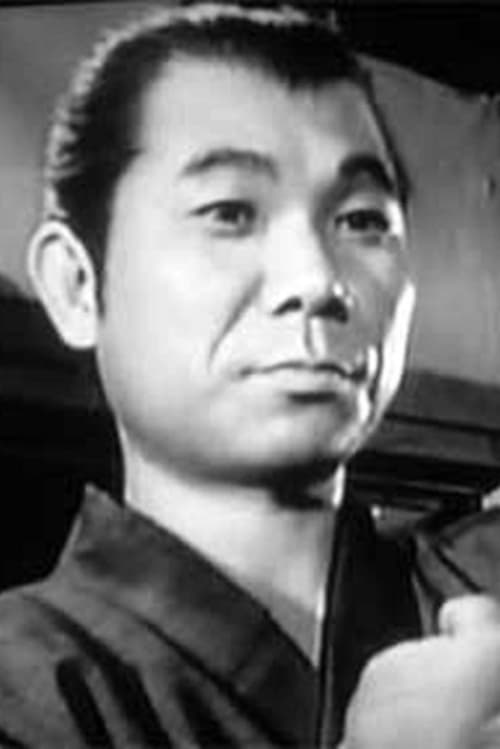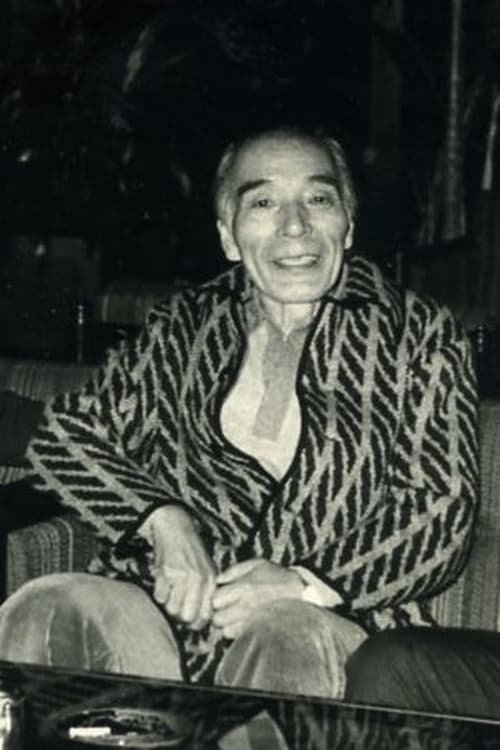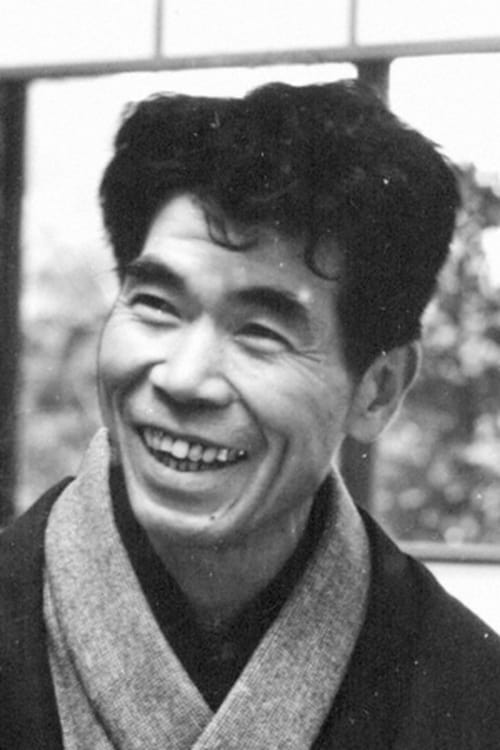Miyamoto Musashi: Showdown at Hannyazaka Heights (1962)
Género : Acción, Drama, Historia
Tiempo de ejecución : 1H 50M
Director : Tomu Uchida
Sinopsis
The remake of Yoshikawa's novel continues with the second installment in which Takezo, soon to be Miyamoto Musashi, emerges from the Himeji Castle after three years of intense contemplation and philosophical study and starting on his epic quest to complete his skill in the Way.
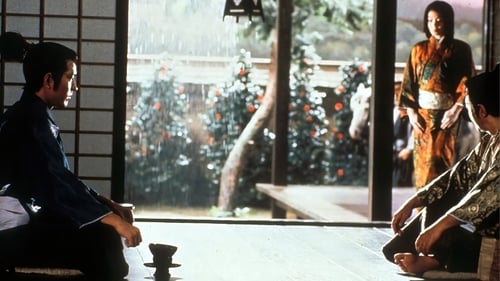
La oscuridad se cierne sobre el Japón del Siglo XVI. El Shogun reinante ya no puede controlar a los ambiciosos samurais. Los señores de la guerra han decidido gobernar sus territorios de forma independiente. El país se ve envuelto en una guerra feudal. Los samurais asesinos matan a sus señores, los hijos matan a sus padres. Los más poderosos luchan para ampliar sus fronteras. De esta confusión surgen dos grandes guerreros: Kagetora, templado por la sabiduría lucha para proteger a su pueblo. Takeda, dominado por la ambición y el ansia de poder, no se detendrá hasta que su reino llegue al mar. Dos contrincantes temibles cuyas batallas están destinadas a convertirse en leyenda, tanto en el cielo como en la tierra. (FILMAFFINITY)
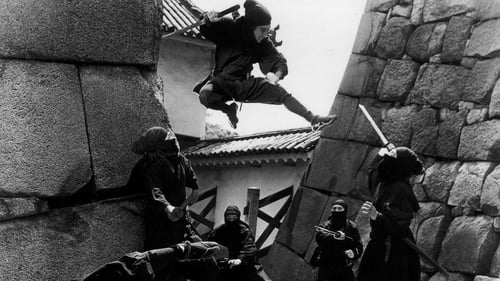
[Period covered: 1637-1651] This is one of the most complicated plots of any of the Shinobi no Mono films! This film tells the story of Saizo’s son, Kirigakure Saisuke, who after seeing his father die at the Battle Of Shimabara, grows up to be an expert ninja. Before he dies, “Mist” Saizo tells his children Saisuke, and Yuri that they are not really brother and sister. She, in fact, is the daughter of the late lord Sanada Yukimura, and must be saved from the shogun’s forces. In the chess match of spy versus spy, can Saisuke defeat the shogun’s chief strategist, Matsudaira Izunokami at his own game? Showing many exciting ninja tactics, it is not to be missed.
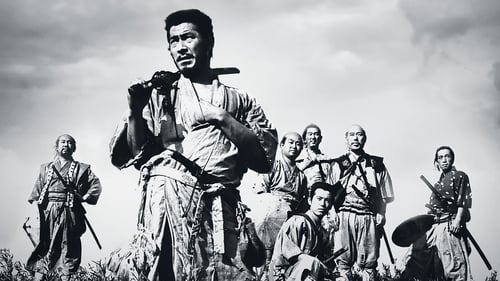
Una banda de forajidos atemorizan a los habitantes de un pequeño pueblo, saqueándolos periódicamente sin piedad. Para repeler estos ataques, los aldeanos deciden contratar a mercenarios. Finalmente, consiguen los servicios de 7 guerreros, 7 samurais dispuestos a defenderlos a cambio, tan solo, de cobijo y comida.
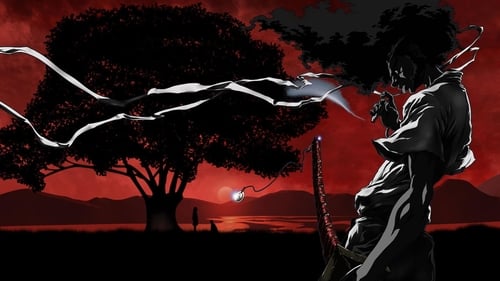
Cuando el cuerpo de su padre muerto es robado de la tumba, Afro vuelve a alzar su espada para acabar con una armada liderada por un sádico líder. Secuela de la miniserie para TV "Afro Samurai", estrenada en 2007 y que contaba con la voz de Samuel L. Jackson en el personaje principal. En esta segunda parte la voz vuelve a correr a cargo del actor afroamericano (quien además produce la película), al que acompañan en el reparto actores como Lucy Liu o Mark Hamill.
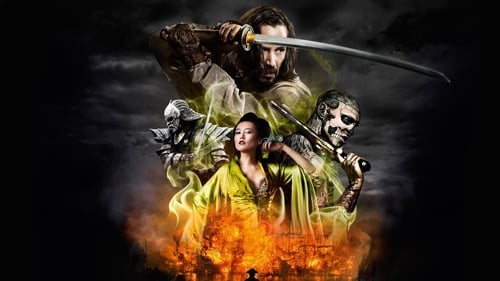
La película es una adaptación de la famosa "Leyenda de los 47 ronin", que ya ha sido adaptada a la pantalla en varias ocasiones y que es considerada en Japón como una leyenda nacional, y pone de manifiesto el código de honor samurái por excelencia: el Bushido. Nos encontramos en el siglo XVII, en el Japón feudal. Kai (Keanu Reeves, 'The Matrix') es un paria que se une al líder de los 47 Ronin, 47 guerreros sin amo que tuvieron que convertirse en outsiders después de que su señor fuera obligado a cometer sepukku (suicidio al estilo samurái), Oishi (Hiroyuki Sanada, 'El ocaso del samurái'). Juntos lucharán por vengarse del traidor que mató a su señor y les condenó al destierro. Para restablecer el honor a su tierra natal, los guerreros se lanzan a una búsqueda plagada de duras pruebas capaces de destruir a cualquiera.
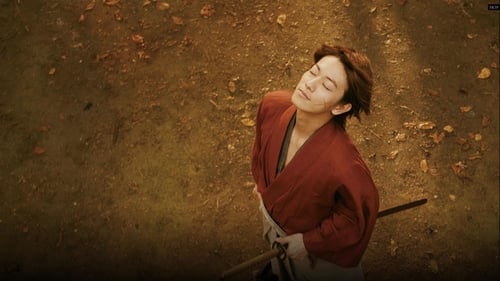
Kenshin Himura (Takeru Sato) es un famoso samurái conocido por su destreza con la katana y su frialdad a la hora de matar. En el pasado estuvo al servicio de los Ishin Shishi, un grupo de patriotas que luchaban para devolver el poder al Emperador, librando cientos de batallas y cobrándose muchas vidas. Pero tras terminar todos los enfrentamientos, jura no volver a matar y decide pasar al anonimato para dedicarse a viajar por el país como un vagabundo ayudando a quien lo necesite, como penitencia por todas las muertes que provocó. Diez años después, en 1878, Kenshin llega a Tokio donde conoce a Kaoru (Emi Takei), quien le invita a quedarse en su dojo hasta que decida volver a vagabundear. Sin embargo, el pasado que Kenshin intentó dejar atrás pronto volverá para cobrarse venganza contra él. Adaptación del manga de Nobuhiro Watsuki.
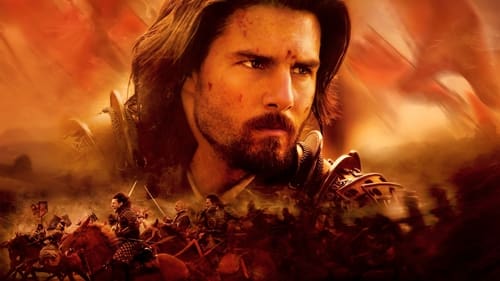
1870. El capitán Nathan Algren es un hombre a la deriva. Las batallas que libró en otro tiempo parecen ahora lejanas e inútiles. Una vez arriesgó su vida por el honor y por la patria, pero, en los años transcurridos desde la Guerra de Secesión estadounidense, el mundo ha cambiado. El pragmatismo ha reemplazado al valor, el interés personal ha ocupado el lugar del sacrificio y el honor no se encuentra en ninguna parte, especialmente en el Oeste, donde su papel en las campañas contra los indios acabó en desilusión y tristeza. En algún lugar de las implacables llanuras junto a la ribera del río Washita, Algren perdió su alma. En un mundo completamente distinto, otro soldado ve como su modo de vida está a punto de desintegrarse.
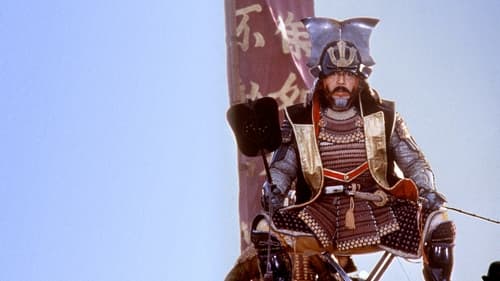
El poderoso Daimyō Takeda Shingen ha alcanzado tanta fama como el lema escrito en sus estandartes de guerra: "Rápido como el viento, sereno como el bosque, fiero como el fuego, inmóvil como la montaña". Mientras yace agonizante por las heridas sufridas en el combate, Shingen ordena a sus guerreros que encuentren un doble o sosias que le sustituya, para mantener su inminente muerte en secreto e impedir que sus enemigos (Oda Nobunaga y Tokugawa Ieyasu) aprovechen la circunstancia para atacar. El kagemusha (la sombra del guerrero) elegido por el Clan Takeda es un pequeño delincuente (Tatsuya Nakadai) que debe hacerse pasar por un gran líder y erigirse en comandante de una gran alianza de 25.000 samuráis.
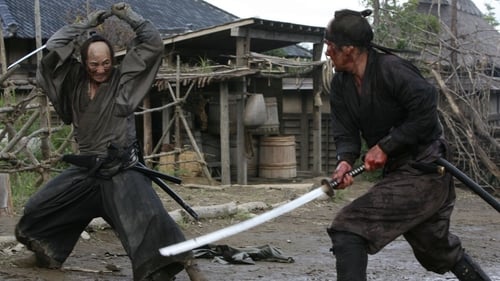
El ascenso al poder del joven y sanguinario Lord Naritsugu supone una seria amenaza para la paz en el Japón feudal. Simplemente por ser el hermano del shogun, Lord Naritsugu está por encima de la ley, y asesina y viola a su antojo. Afligido por la masacre perpetrada por el sádico Naritsugu, el oficial Sir Doi contacta secretamente con el samurái Shinzaemon Shimada para acabar con Naritsugu. El noble samurái, indignado por la crueldad de Naritsugu, acepta de buen grado la peligrosa misión. Para ello, reúne a un selecto grupo de samuráis, entre los que se encuentra su sobrino Shinrokuro y el devoto aprendiz Hirayama. Juntos, traman una emboscada para atrapar a Lord Naritsugu. Shinzaemon es consciente del peligro que conlleva. Naritsugu va escoltado por una comitiva encabezada por el letal e implacable Hanbei, uno de sus antiguos rivales. Los “13 asesinos” de Takashi Miike es un remake del film homónimo dirigido por Eichi Kudo en 1963.
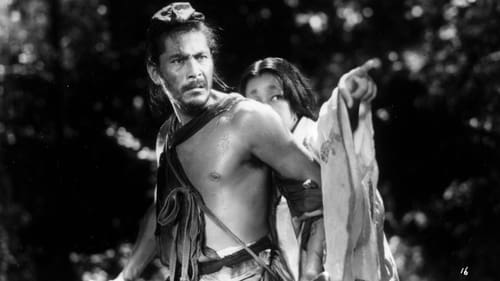
Japón, siglo XII. En Kioto, bajo las puertas del derruido templo de Rashomon, se guarecen de la torrencial lluvia un leñador, un sacerdote budista y un peregrino. Los tres discuten sobre el juicio a un bandido, acusado de haber dado muerte a un señor feudal y violado a su esposa. Los detalles del crimen son narrados desde el punto de vista del bandido, de la mujer, del señor feudal -con la ayuda de un médium- y del leñador, único testigo de los hechos.
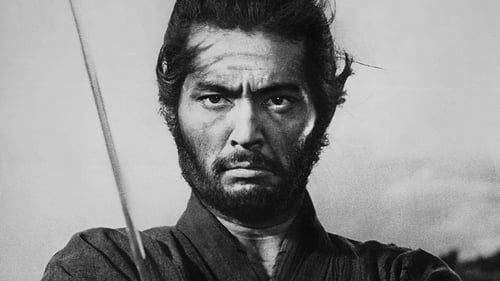
Un samurái pide permiso para practicarse el Seppuku (o Harakiri), ceremonia durante la cual se quitará la vida abriéndose el estómago al tiempo que otro samurái lo decapitará. Solicita también poder contar la historia que le ha llevado a tomar tan trágica decisión.
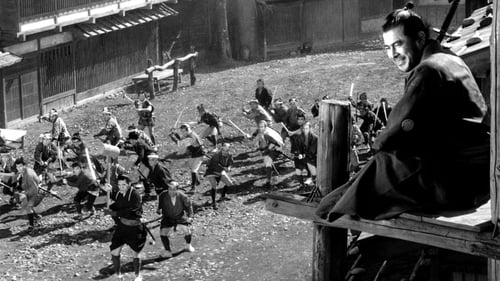
En el siglo XIX, en un Japón todavía feudal, un samurái llega a un poblado, donde dos bandas de mercenarios luchan entre sí por el control del territorio. Muy pronto el recién llegado da muestras de ser un guerrero invencible, por lo que los jefes de las dos bandas intentan contratar sus servicios.
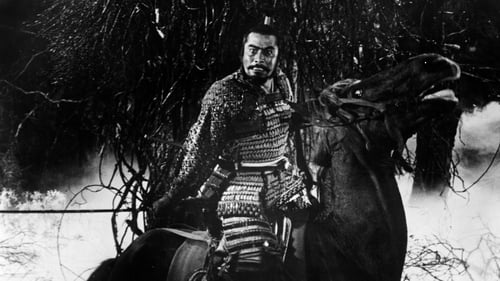
Japón feudal, siglo XVI. Adaptación del "Macbeth" de William Shakespeare. Cuando los generales Taketori Washizu y Yoshaki Miki regresan de una victoriosa batalla, se encuentran en el camino con una extraña anciana, que profetiza que Washizu llegará a ser el señor del Castillo del Norte. A partir de ese momento, su esposa lo instigará hasta convencerlo de que debe cumplir su destino.
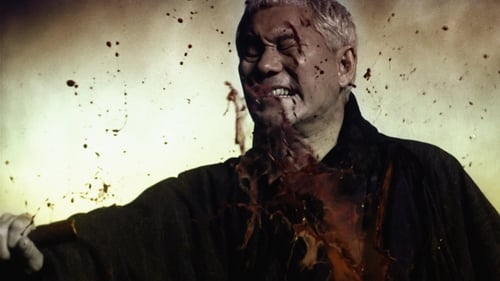
Japón, siglo XIX. Zatoichi es un vagabundo ciego que vive del juego y de dar masajes. Pero además es un maestro con la espada, rápido y preciso como el mejor samurai. En una ciudad en las montañas, a merced de la banda de Ginzo, Zatoichi y su fiel amigo Shinkichi conocen a un par de geishas, bellas y peligrosas. Okinu y su hermana Osei han llegado a la ciudad a vengar el asesinato de sus padres, y su única pista es el misterioso nombre de Kuchinawa
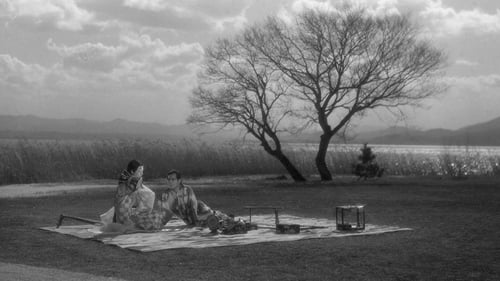
En el Japón del siglo XVI, los campesinos Genjuro y Tobei venden sus vasijas de barro a un grupo de soldados en un pueblo cercano, desafiando la advertencia de un sabio local contra la búsqueda de ganancias en la guerra. La búsqueda de riquezas de Genjuro y de la misteriosa Lady Wakasa, así como el deseo de Tobei de convertirse en samurái, corren el riesgo de destruirlos a ellos mismos y a sus esposas, Miyagi y Ohama.
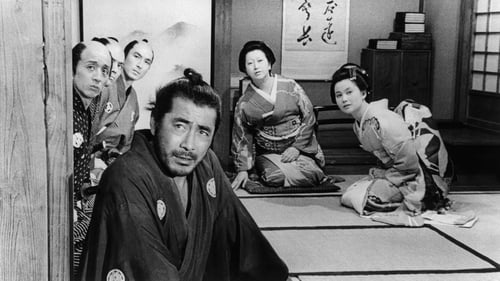
En el Japón de la era Tokugawa, un grupo de nueve jóvenes samuráis está decidido a acabar con la corrupción reinante y a acabar con todos los que están relacionados con ella. Consiguen el apoyo del inspector de policía Kikui y se preparan para llevar a cabo su plan. Poco después, aparece Sajuro, un personaje salido de entre las sombras, que empezará a actuar y a poner orden en medio del caos.
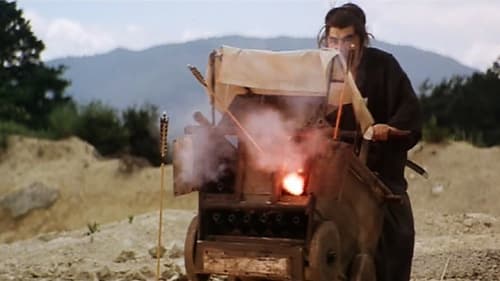
Tercera entrega de la serie de adaptaciones al cine de imágen real del famoso manga escrito por Kazuo Koike y dibujado por Goseki Kojima. Narra las aventuras de un Samurai que trabaja con su hijo siempre acompañándole en sus viajes. Ogami Itto acepta ser torturado por la Yakuza para salvar la vida de una prostituta, y estos alquilan sus servicios. Su objetivo es el malvado chamberlán.
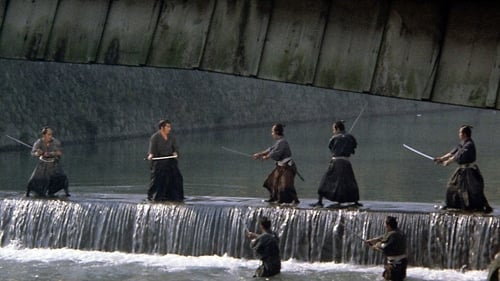
Primera en una serie de adaptaciones al cine de imágen real del famoso manga escrito por Kazuo Koike y dibujado por Goseki Kojima. Narra las aventuras de un ronin que deambula por el japón del shogunato Tokugawa acompañado de un niño. Esta película narra los orígenes del personaje y también es conocida por su título literal:"Lone Wolf and Cub: Child and Expertise for Rent".

Secuela de "X-Men: la decisión final". El film se centra en la soledad del protagonista tras la desaparición definitiva de Jean Grey y otros compañeros. Logan amnésico busca respuestas sobre su pasado en el mundo del crimen organizado de Japón, donde un hombre al que salvó la vida en el pasado le ofrece algo que lleva tiempo deseando: hacer a Wolverine mortal.

Ikegami es un gangster que guarda rencor hacia un viejo rival llamado Muto, de cuya hija Himizu siempre ha estado enamorado. Hirata, un director de cine, y un hombre llamado Kouji también se verán involucrados en este enredo.
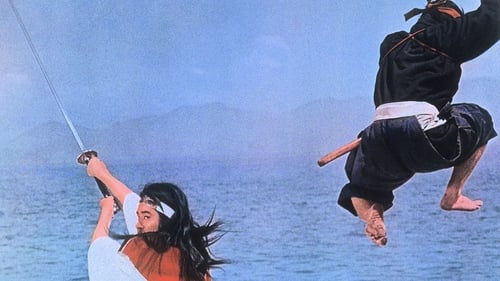
The fifth and final installment with the build up of the epic battle between Sasaki Kojiro and Miyamoto Musashi. With all the familiar characters making appearances: Otsu (Musashi's great love), Akemi, Matahachi (his former fellow soldier), old lady Osugi (still doggedly trying to defeat Musashi), and even the return of Priest Takuan (the man responsible for his journey towards enlightenment). But most of all, the boastful, long-haired and long-sworded Sasaki Kojiro.

In this first episode, we are introduced to Takezo, what Musashi used to be before he became the man of legend. His beginning are not exactly auspicious. He sides with the Toyotomi at Sekigahara, and as a result finds himself on the losing side of the historic battle. He and his friend Matahachi manage to escape the slaughter although the latter is wounded in his leg. They stumble across the young Akemi who makes her living with her mother Oko by robbing corpses of their armor and anything else they can sell. Oko takes it into her head to seduce Matahachi, which she does first by skillfully sucking the gangrene from his blood, and then just by sucking.

In the third installment of Yoshikawa's novel Musashi, things continue from the 2nd film at the end of battle, where Miyamoto continues on a mission of learning; with the introduction of his arch-rival Sasaki Kojiro; and lastly the large cast of characters rendezvouses for a fateful finale.

In the fourth installment, Musashi's potentially greatest opponent Kojiro jumps in and out of the story at the oddest and most coincidental moments. As his great love Otsu has succumbed to madness. Musashi then sets off to beat the functionaries of a treacherous clan in an arranged duel. 73 against one. Boastful Kojiro watches, secure in the knowledge that only he is a worthy opponent.

A self-absorbed young actor humiliates an elderly Noh performer, who then commits suicide. His act of cruelty compels his father to disown him, leading the once promising actor to a life on the streets. But his desire to win back the respect of his father and the affection of the dead actor's daughter pushes him toward a more noble existence. Naruse employed a delicately structured mise-en-scene in this family melodrama, which evokes the work of Josef von Sternberg.

Three sisters earn money for their bossy mother by being samisen street musicians. This means mainly playing a banjo type instrument for tips in bars...

An abandoned temple in the mountains outside of the old capital city of Kyoto is the scene of a fated meeting between a traveling priest, two women, and a vicious killer. Bloody violence erupts whenever strangers approach the temple. Can the traveling priest bring his belief in the Buddha and rid the three temple residents of the devils that hold their souls?

Gisuke Hayashida is an illegal dentist during the day and a burglar by night. One night during a burglary he witnesses a train derailment. Some communists are found guilty of causing the incident, but he knows it wasn't them. He can save innocent people but for that he must confess his own crime.

Suspense drama about a married salaryman whose affair with one of his co-workers is compromised when, returning from a clandestine meeting with his lover, he runs into a neighbor who is later accused of murder. Questioned by police about the neighbor, and blackmailed by his lover's neighbor, the salaryman's lies lead him on a path to destruction.

In the sixth and final episode Rentaro Mikuni steals the show as Baiken Shishido, Musashi's nemesis. Mikuni is the nominal villain of the film, but he is a devoted husband and father as well. He tries to kill Musashi only to avenge the death of his brother-in-law. While Baiken (who wields a chain and sickle against Musashi's sword) is a very human character and the emotions that Mikuni displays in his performance are quite believable and engaging
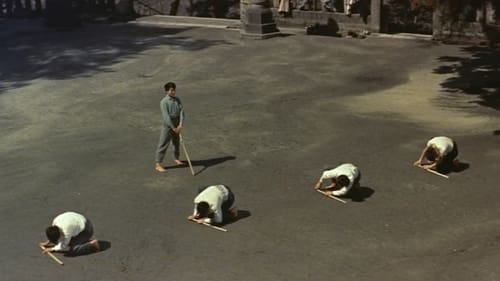
Five longtime friends get back together, but are disappointed to find that their bonds are not as strong as they once were.

Kiku and her brother Isamu are social outcasts, children of a prostitute mother and black GI father, in postwar Japan.

A married couple looking for an apartment move in with the husband's co-worker, a widower. The husband becomes jealous of the widower and his wife.
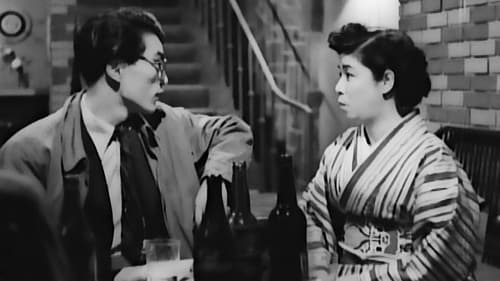
A luckless geisha struggles to make a living for herself and her young son.
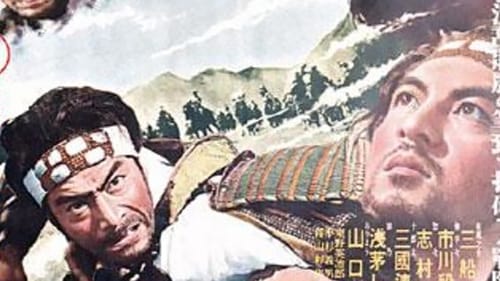
Soldiers Hayate and Yaheiji secretly escape from their besieged castle. Hayate has left behind his lover, Kano. On his way, Hayate is wounded and cared for by O’Ryo, who falls in love with him. But when Hayate accidentally kills her caretaker, he flees, with O’Ryo in pursuit. Subsequently, Hayate's comrade Yaheiji falls in love with Oryo. Kano, the lover left behind by Hayate, believes him dead, and becomes involved with another soldier, Jurota. When Jurota defects to the opposing army, he takes Kano with him. A double set of love triangles has developed, wherein each man and each woman loves one and is loved by another. Finally only combat and self-sacrifice can untangle the weave.

It's a man's world. Shimamura, an artist, comes to this snowbound town to rejuvenate himself. He connects with Komako, a geisha he met on a previous trip, and it seems like love. She's the foster daughter of a local family, almost engaged to the family's son Yukio, now dying of consumption. He's tended by his sister Yuko who's angry at Komako for abandoning her brother. Shimamura returns to Tokyo but promises he will be back soon. In anticipation of his return, Komako breaks with her patron and her family loses their home. Complications arise when Shimamura doesn't come back as promised. Then Komako discovers that he and Yuko knew each other in Tokyo. Can Komako escape destiny?

The study of a one-year marriage that begins to crumble. A married man is torn between the love of his wife, and the attraction to a cousin of his wife.

When an only child is struck by a car and dies, the child's mother seeks vengeance against the driver in this thrilling drama. The car was driven by the wife of a company president who is having an affair. The woman's husband manages to buy silence about the incident, but the victim's mother discovers the identity of the driver. After she secures a job in the home of the company president and his philandering spouse, the woman plans to murder the couple's son when he reaches the age of her late son.
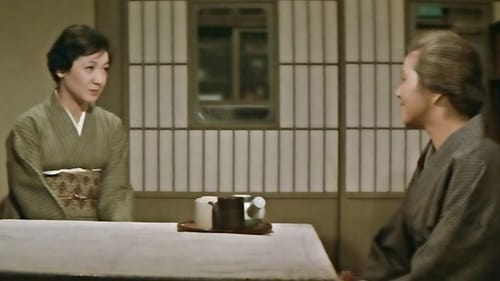
En una familia de clase media de Tokio, una de las hijas (Setsuko Hara) ha enviudado joven, y todos los miembros desean que vuelva a casarse. La madre es una anciana viuda que vive en una casa grande del centro de Tokio. Los hijos están deseando vender la casa, pero no saben qué hacer con su madre.

1864. Samurai Shinbei is sent in a secret mission to Ezo, in the North of Japan, to stop riots of villagers commanded by Jirozaemon. A Russian count's daughter, the village leader's daughter and a secret treasure add up to the adventure.
